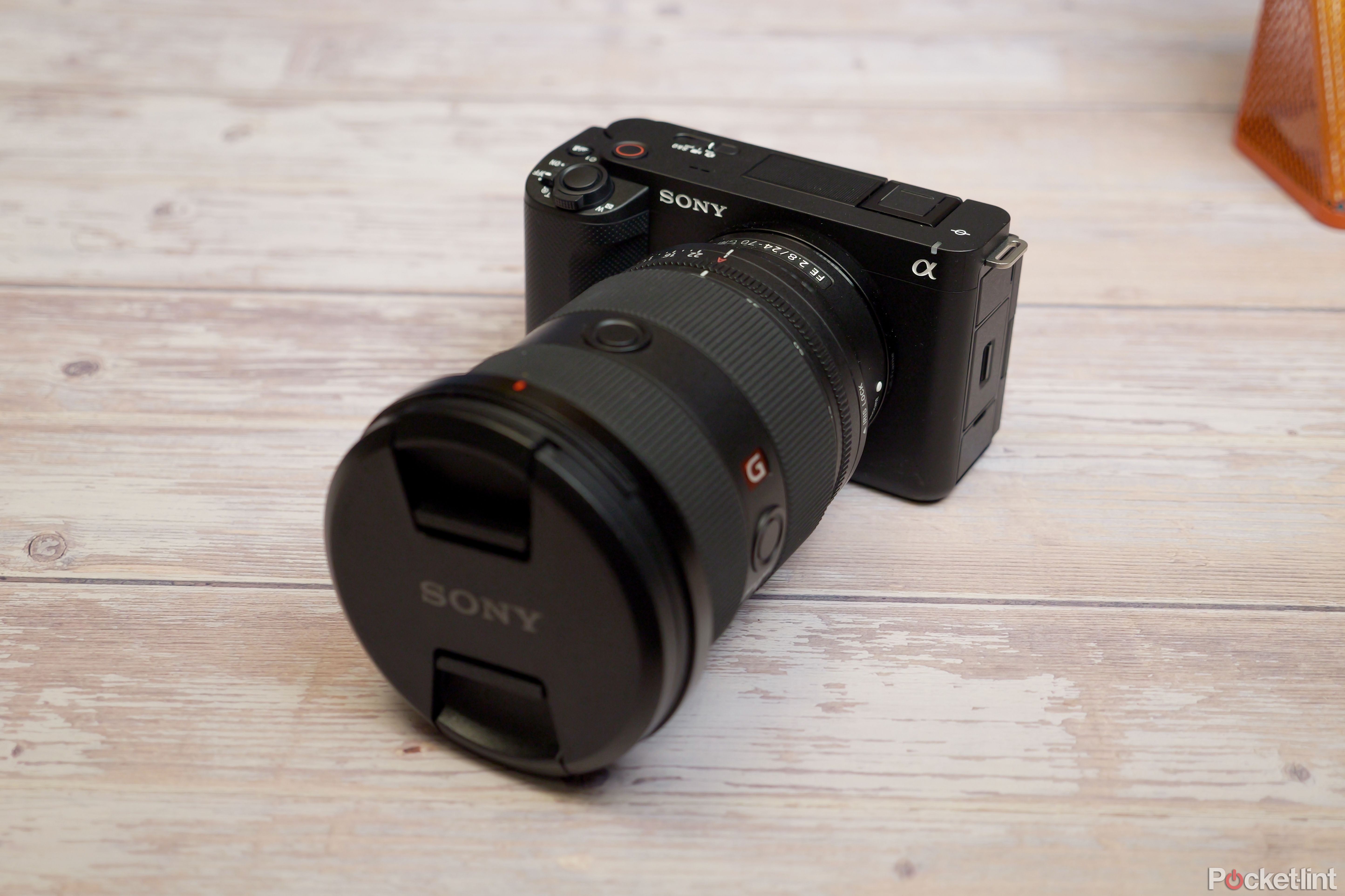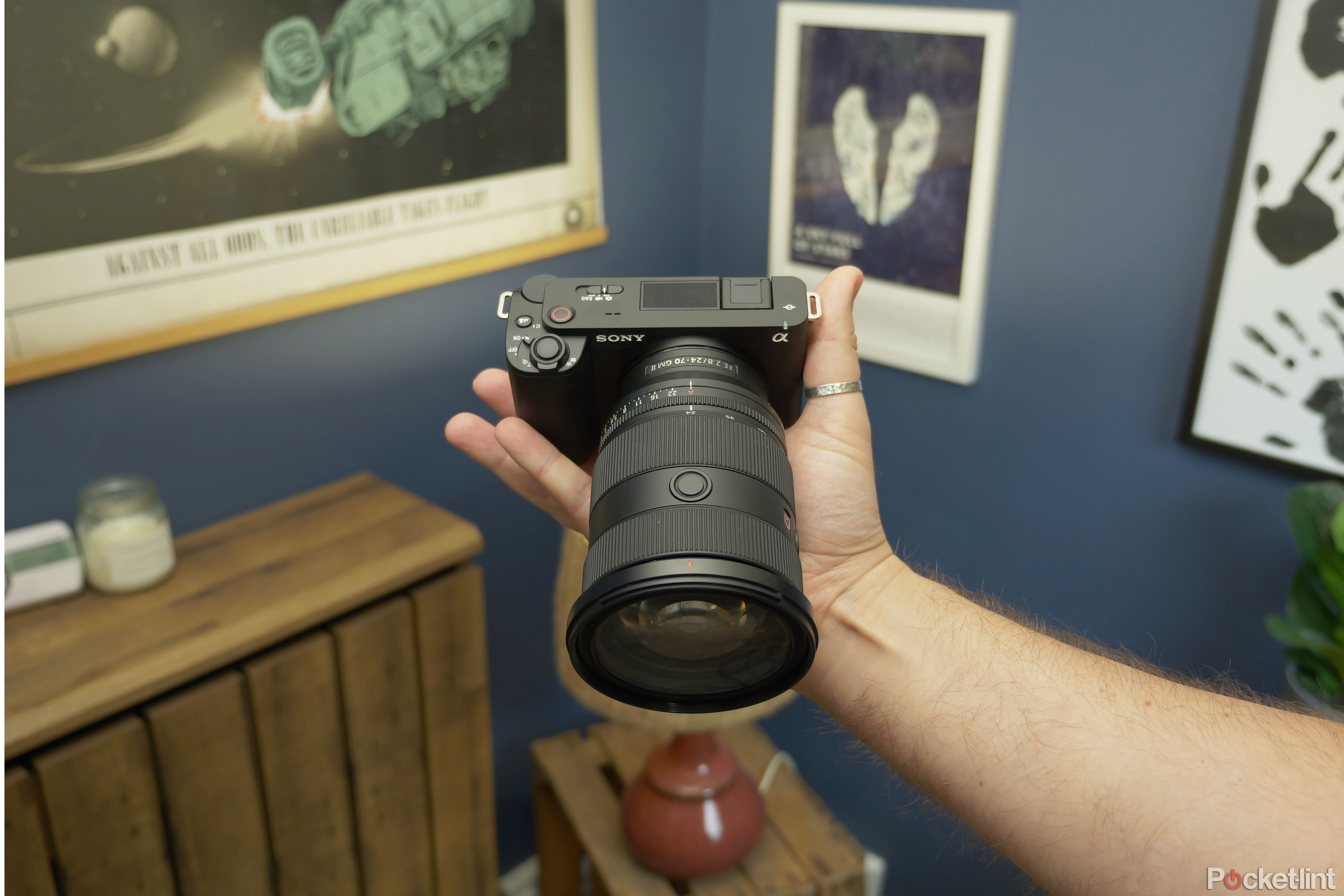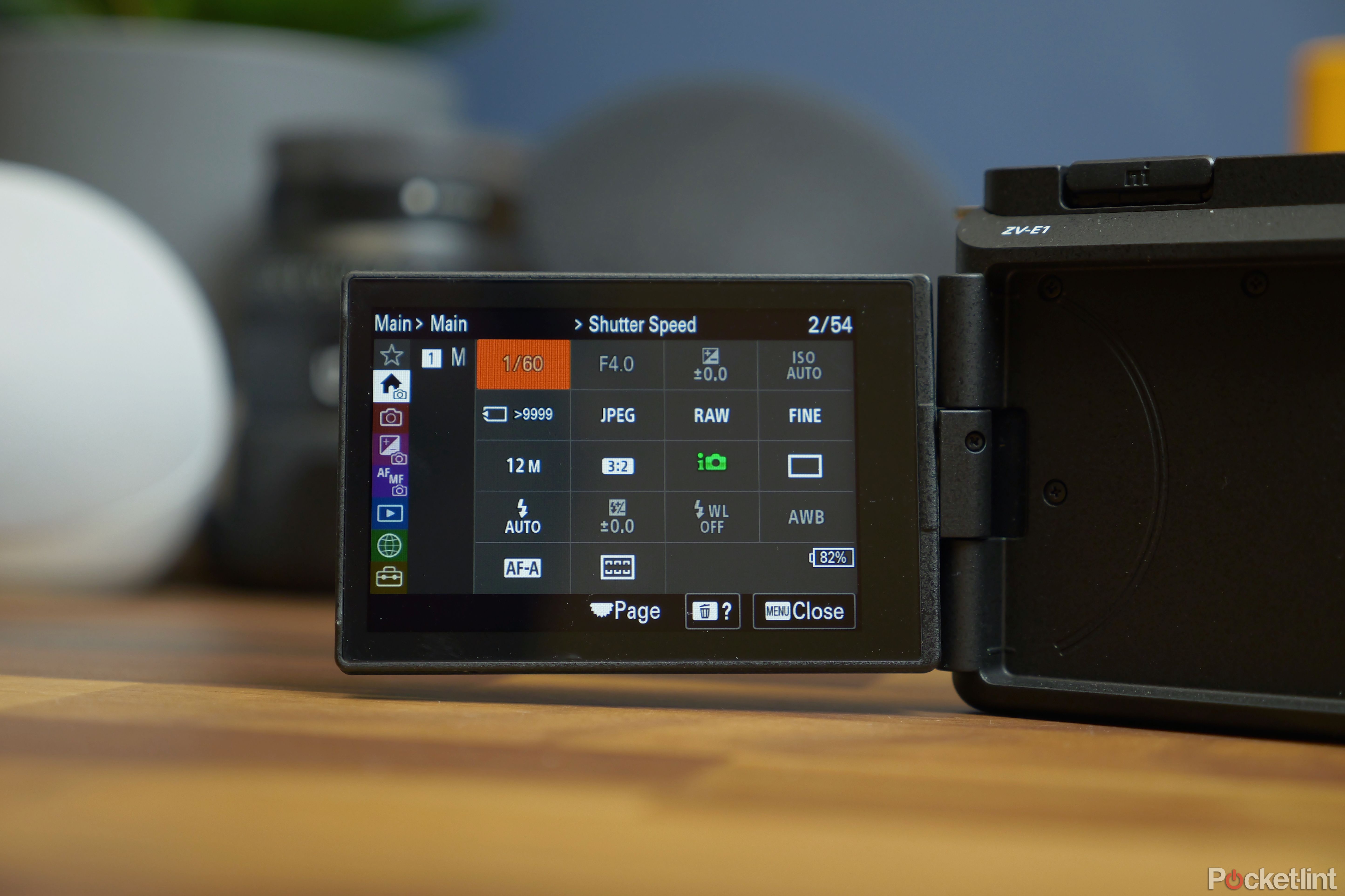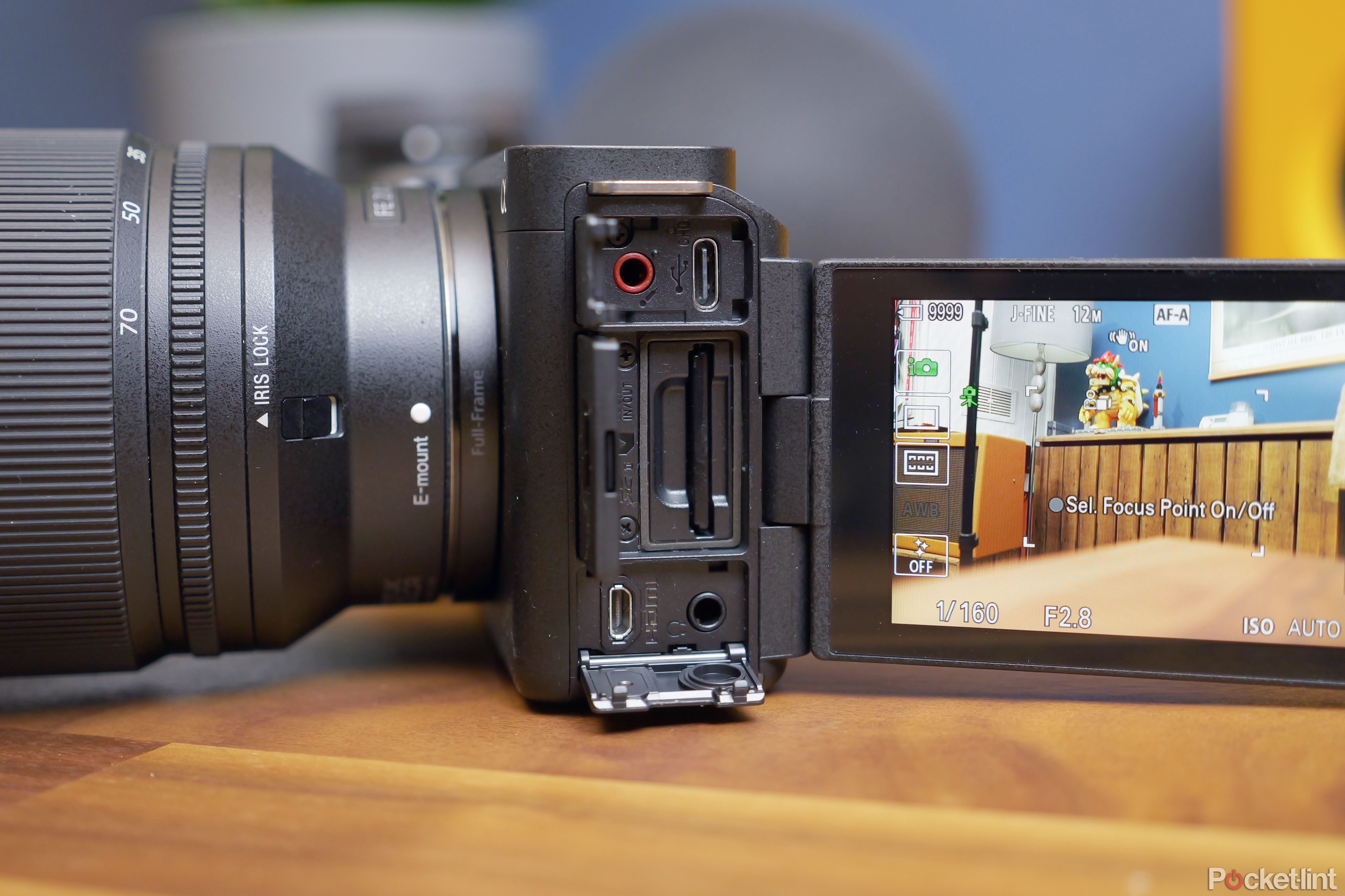Sony is continuing to build out its range of ZV-branded content creation cameras, and the latest is its most capable model to date and is - in so many ways - a tiny Alpha camera. In fact, it's as much a spiritual successor to the A7c as it is a 'vlogger' camera.
In essence, the new ZV-E1 is what happens if you take the best features from the other ZV cameras and then combine them with some cherry-picked Alpha-series technology.
That means you get the super compact body, but inside is the same full-frame backside-illuminated 12.1-megapixel CMOS Exmor R sensor found in the A7S iii. That's combined with the AI-assisted Bionz XR image processing unit from the latest A7R V.
It's the first full-frame ZV camera, and that also means it's equipped with the E Mount for interchangeable lenses, a range of lenses which now includes over 70 models.
Being a ZV camera - rather than an Alpha series - means it comes with a slew of convenient features. Those include the background defocus button for easily increasing background blur, the three-capsule omnidirectional microphone built into the top edge, and features like product showcase mode which automatically detects when the talent is holding up a product to the lens, and switches focus to that.
It also features an automatic framing system this year which - when mounted to a tripod - can keep the talent in focus and centred in the frame even while moving around. What's more, you can program a feature manually to crop in and out of a frame at set intervals during an interview or talking head sessions to add movement to the scene, without needing to do it in the edit afterwards.
Borrowing from the AI abilities of the A7R V, the ZV-E1 can detect humans in the frame and keep the right parts in focus. It's not just eye and face tracking either, it can tell where the person's head, shoulders, elbows, hips, knees and feet are. That means it can always accurately estimate where the face/head is, and keep that in focus, even if the person is facing the other way or the view is obstructed by an object. Joining the advanced human detection is the ability to switch to automatically detecting and tracking animals, cars, trains, planes and insects.
The ZV-E1 also benefits from a fully-articulating touchscreen that can flip out to the front and rotate, plus has a revamped, simplified user interface that makes it really simple to get to your most-used camera settings. Changing the ISO, shutter speed, aperture and other key functions are just a tap or swipe away on the screen.
From a pure performance standpoint, there's a lot on offer here too. It can record 4K/60, 10-bit 4:2:2 internally on the SD card - with an update coming soon that will enable 4K/120 recording. It's worth noting here that the 4K/120 mode will introduce a 10 per cent crop.
Active stabilisation and 'dynamic active' mode ensure you can shoot handheld with the result being smooth and shake-free. The Sony Z battery inside will also ensure you can shoot for a good amount of time before needing a refill (roughly an hour of video recording).
For the pros, you get a number of different S-Log and Cinetone colour profiles, plus onboard LUTs, so you can work with the colour grading/palette that you want to work with right in the camera.
Despite its size, there are plenty of ports too. Two 3.5mm ports ensure you have both audio in and audio out, then there's the USB-C port for charging and data transfer - plus plug-and-play webcam usage. There's a micro HDMI port for visual out and a single SDXC/SDHC card slot. For those accustomed to dual slots and those who have adopted CFExpress cards, this will be a bit of a sticking point.
For others, the main sticking point will be the price. It's the most expensive ZV model launched so far with the camera selling for $2199.99 in the USA, and €2700 in Europe for the body and €3000 with the kit lens.




